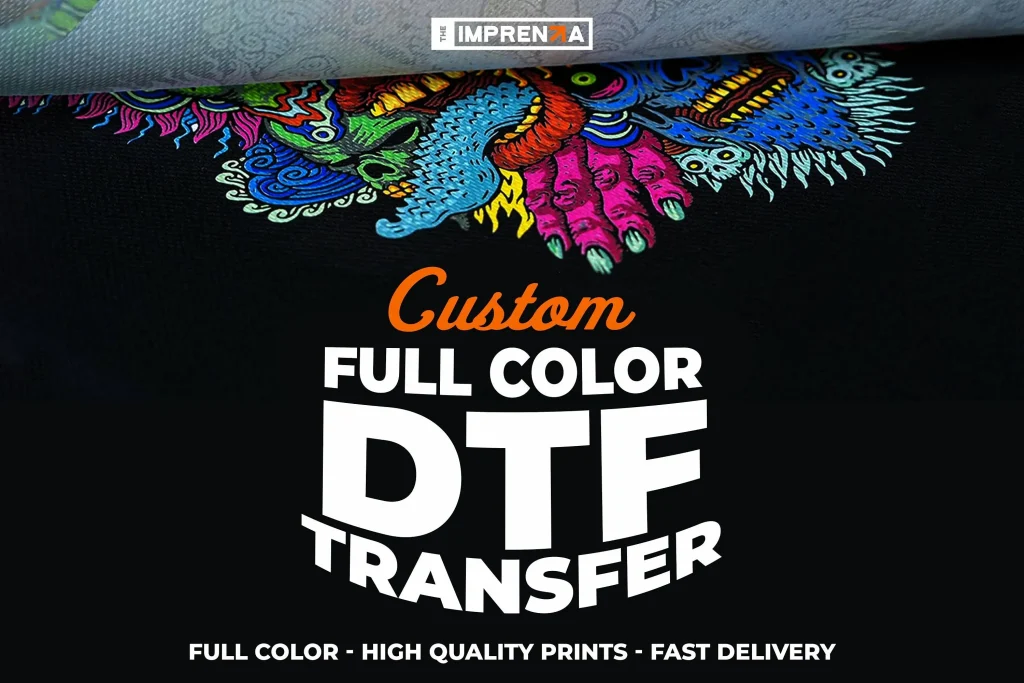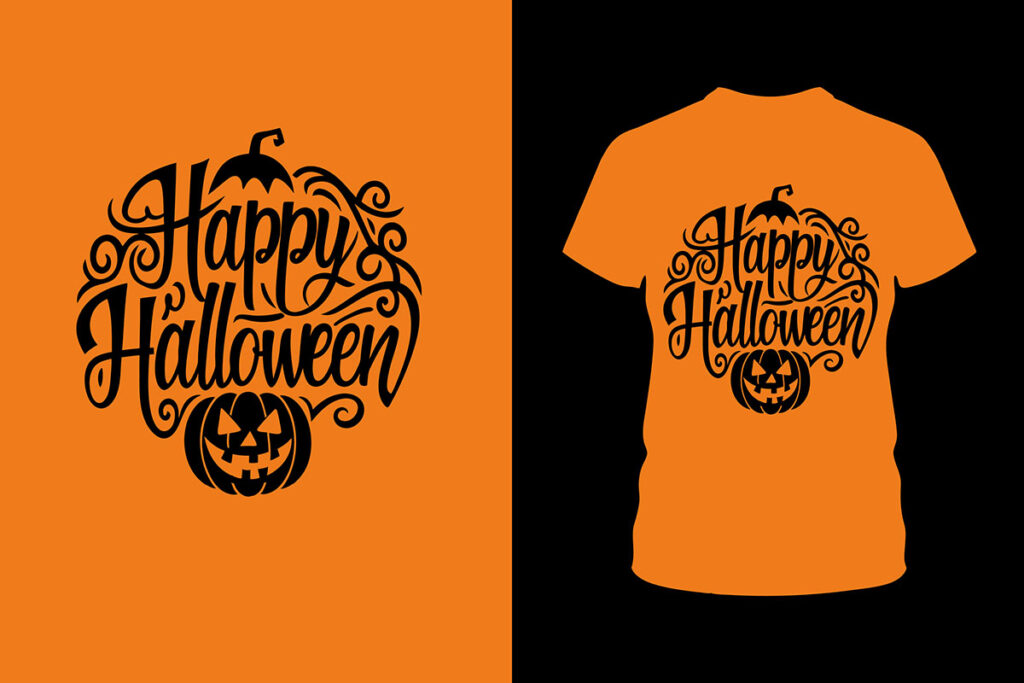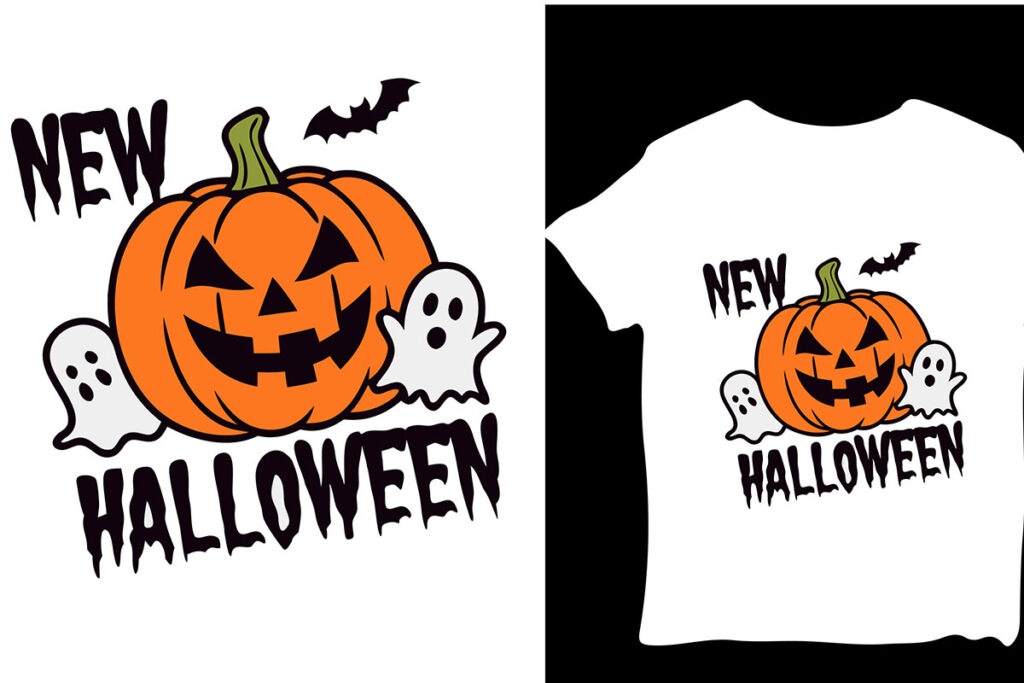DTF transfers have revolutionized the landscape of custom apparel, offering artists and designers a new avenue for self-expression through innovative printing technology. Known as Direct to Film printing, this method allows for breathtakingly detailed designs to be transferred onto fabrics with remarkable ease and versatility. As the popularity of DTF printing grows, it is reshaping the way creatives approach artistic expression in the fashion world. This cutting-edge technique not only guarantees vibrant colors but also supports sustainable printing practices, making it a responsible choice for environmentally-conscious creators. By delving into the potential of DTF transfers, artists can unlock a wealth of opportunities to bring their visions to life.
In the realm of textile decoration, Direct to Film printing, often referred to as DTF printing, is quickly becoming a favorite among those involved in the custom clothing industry. This advanced printing method is ideal for fulfilling the demand for personalized designs and artistic output on various fabrics. As an emerging trend, this technique reflects the broader shift towards sustainable printing processes and individualized artistic expression. Artists and small businesses alike are embracing DTF as a practical solution to create unique products without the constraints of traditional printing methods. As the creative community continues to evolve, DTF transfers illustrate the exciting potential of modern printing technologies.
Understanding DTF Transfers: What You Need to Know
DTF transfers, or Direct to Film transfers, represent a significant innovation in fabric printing technology. This process entails printing vibrant and detailed designs onto a specially coated film, which is then transferred onto textiles. DTF stands out because it uses a unique combination of inks and adhesive powders, allowing for prints that are not only colorful but also incredibly durable. This versatility opens the door for a myriad of artistic expressions, from complex artwork to straightforward logos on apparel, making it an excellent choice for custom apparel production.
The DTF process is particularly appealing to both amateur and professional artists. It enables them to create one-off pieces or small runs without the constraints typically associated with traditional screen printing. Additionally, the ability to print on various fabrics—ranging from cotton to polyester blends—means that artists can experiment with different substrates, vastly expanding their creative potential. With an increasing demand for unique, customized items, understanding DTF transfers can profoundly impact how artists approach their craft.
The Rise of DTF Printing in Custom Apparel
In recent years, the printing industry has seen a significant trend towards personalized goods, and DTF printing has become a frontrunner in this shift. The ease with which creators can produce custom apparel using DTF transfers makes it an attractive option for independent artisans and small businesses alike. Unlike traditional methods that may require a higher initial investment for minimum orders, DTF allows for the production of single items, catering to the specific desires of individual customers.
This adaptability not only helps artists maintain artistic freedom but also aligns perfectly with the growing consumer demand for bespoke fashion. With DTF, artists can showcase their distinct styles and make unique fashion statements rather than adhering to mass-market trends. As the need for personalized collections grows, harnessing DTF transfers could very well be the key for creatives looking to stand out in an increasingly crowded market.
Sustainable Printing Solutions with DTF Technology
As sustainability becomes a focal point for many consumers, DTF printing offers an eco-friendly alternative to traditional methods. With the option to use eco-friendly inks and sustainable materials, artists can create beautiful garments while minimizing their environmental impact. This approach not only caters to the eco-conscious consumer but also allows creators to align their values with their business practices, a compelling narrative that can enhance their brand identity.
Furthermore, DTF printing supports localized production, which not only reduces transportation-related carbon footprints but also allows artists to produce items on demand. By creating only what is needed, waste is significantly reduced compared to conventional mass production approaches. This sustainable way of developing custom apparel resonates strongly with today’s informed buyers, making DTF a viable option for those looking to impact positively.
The Art of DTF: Techniques for Creative Expression
DTF transfers have opened up new realms of artistic creativity, enabling artists to bring their visions to life on fabric like never before. The process allows for intricate designs, blending colors and textures that might be impossible to achieve with traditional printing techniques. Artists can explore various effects, from striking gradients to layered textures, allowing for a true artistic expression that reflects their unique style.
Mastering DTF technology is about more than just the printing process; it involves understanding the intricacies of design creation, material selection, and printing settings. This knowledge empowers artists to push boundaries and innovate, ensuring that their work is not only visually appealing but also relevant in an ever-evolving fashion landscape. Embracing DTF can inspire new trends, encouraging artists to think outside the box when it comes to custom apparel.
Community and Resources for DTF Creators
The burgeoning DTF printing scene has fostered a supportive and informative community for artists and creators. Numerous online platforms and forums are dedicated to sharing techniques, advice, and resources, making it easier than ever for newcomers to engage with this innovative printing technology. The collaborative spirit within the community enriches the learning experience, providing artists with the knowledge they need to refine their craft.
Moreover, many educational resources, including tutorials and video guides, are readily available to help users navigate the intricacies of DTF printing. These resources empower individuals to hone their skills and develop a deeper understanding of the process, ultimately allowing them to produce high-quality custom apparel that showcases their artistic talent. By tapping into this wealth of knowledge, artists can cultivate their abilities and stay ahead of trends in the market.
Navigating Challenges in DTF Printing
Despite the numerous benefits of DTF printing, artists must also be aware of the challenges inherent in the process. Ensuring the right adhesion between the design and fabric is crucial for achieving lasting quality in prints. Artists need to experiment with different fabric types and DTF settings to find the perfect match that yields the desired results. This phase in the creative journey requires patience and persistence as artists work toward perfecting their craft.
Additionally, as DTF technology becomes more prevalent, it faces competition from alternative printing methods such as direct-to-garment (DTG) printing and sublimation, each with its strengths and weaknesses. Artists must critically analyze these options to determine which method best aligns with their artistic vision and business goals. By understanding the nuances of each technique, they can make informed decisions that will ultimately reflect in the quality and appeal of their custom apparel.
Frequently Asked Questions
What are the main advantages of using DTF transfers for custom apparel?
DTF transfers offer several advantages for custom apparel, including vibrant colors, durability, and the ability to print complex designs. Unlike traditional methods, DTF printing does not require minimum orders, making it ideal for artists and small businesses looking for flexibility in their projects.
How does the DTF printing process work?
The DTF printing process starts by printing the desired design onto a special film. An adhesive powder is then applied, which bonds the ink to the fabric when heat-pressed. This method allows for high-quality output on various materials, making it a popular choice for custom apparel.
Can DTF transfers be used on various fabric types?
Yes, DTF transfers can be used on a wide range of fabrics, including cotton, polyester, and fabric blends. This versatility enables artists to explore diverse projects and cater to different customer preferences when creating custom apparel.
What makes DTF printing a sustainable choice for artists?
DTF printing can be a sustainable choice because it allows for eco-friendly inks and materials, reducing environmental impact. Additionally, the ability to create on-demand designs minimizes waste compared to traditional mass production, aligning with eco-conscious values.
What equipment do I need to start DTF printing?
To start DTF printing, you’ll need a specialized DTF printer, heat press for applying the design, and adhesive powder. Budget-friendly options are available, making it accessible for aspiring artists to begin their custom apparel journey.
What resources are available for learning about DTF transfers?
There are numerous online resources for learning about DTF transfers, including tutorials, forums, and social media platforms. These educational materials often provide valuable insights into the equipment, techniques, and best practices for perfecting DTF printing.
| Key Point | Description |
|---|---|
| What are DTF Transfers? | DTF (Direct to Film) transfers are prints created by applying designs onto a special film, which are then heat-pressed onto fabrics using adhesive powder for vibrant and durable prints. |
| Popularity Among Artists | DTF printing offers personalization with no minimum order requirements, allowing artists to create custom designs and small runs at a lower cost. |
| Advancements and Equipment | New budget-friendly printers and heat presses have made DTF technology more accessible to aspiring artists, democratizing the custom printing space. |
| Environmental Impact | DTF printing can utilize eco-friendly inks and materials, promoting sustainability by allowing on-demand production and reducing waste. |
| Market Trends | With the rise in demand for custom apparel, DTF printing has become essential for creating personalized products, giving artists new business opportunities. |
| Educational Resources | Numerous online resources, tutorials, and community forums are available for artists to learn and master DTF printing techniques. |
| Challenges and Considerations | Artists face challenges in adhesion and must evaluate the suitability of materials, while competing with other printing methods like DTG. |
Summary
DTF Transfers are revolutionizing the way artists express their creativity on fabric. This innovative technique allows for high-quality, vibrant prints that can be applied to various materials, offering limitless possibilities in design and personalization. The flexibility and cost-effectiveness of DTF printing enable artists to create both unique one-off pieces and small runs, making it particularly appealing for independent creators and small businesses. Moreover, the growing trend towards sustainable practices in the art community aligns perfectly with the eco-friendly potential of DTF technology. Whether you’re a seasoned artist or a novice looking to delve into custom printing, DTF Transfers stand out as an exciting and viable option for artistic expression.



